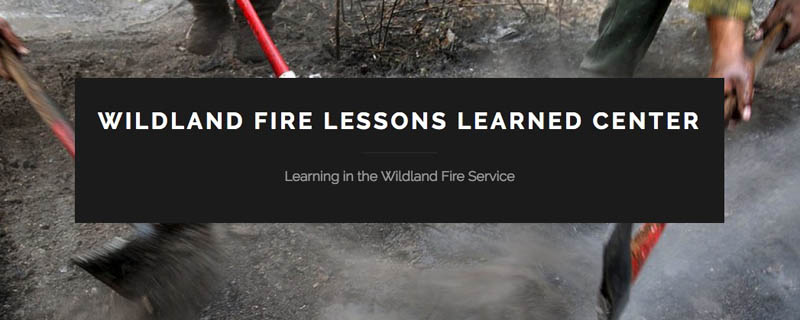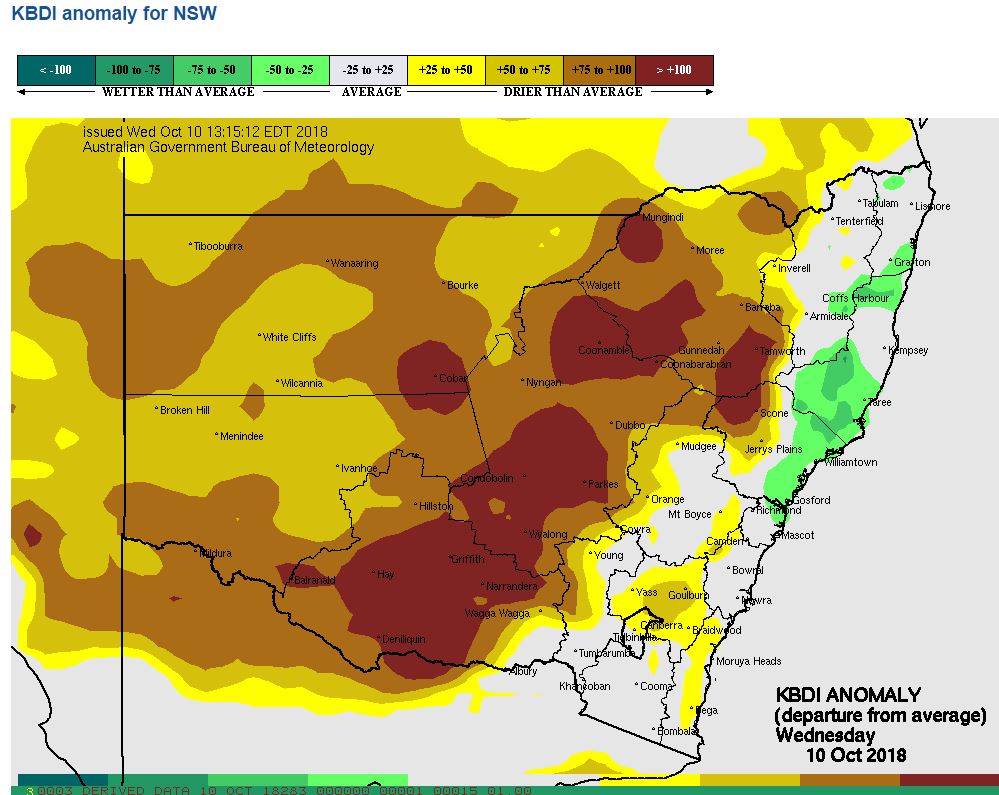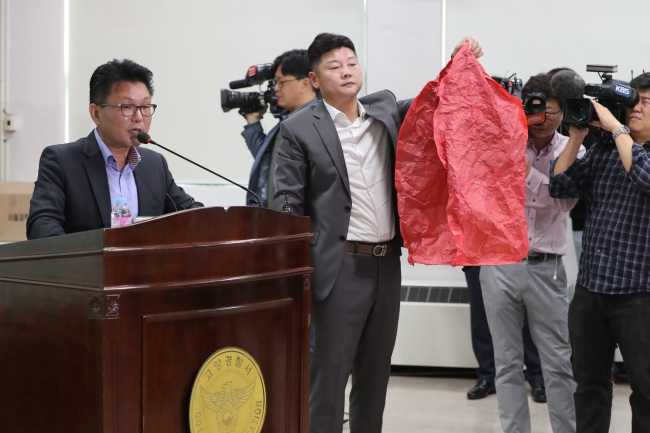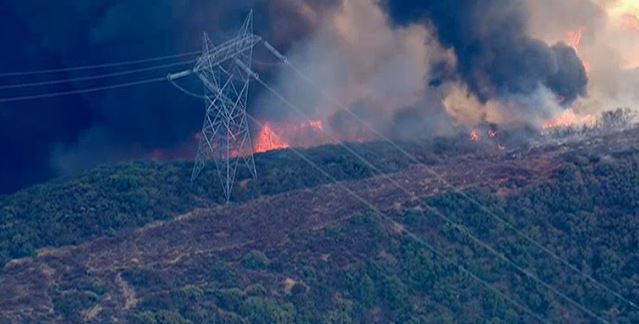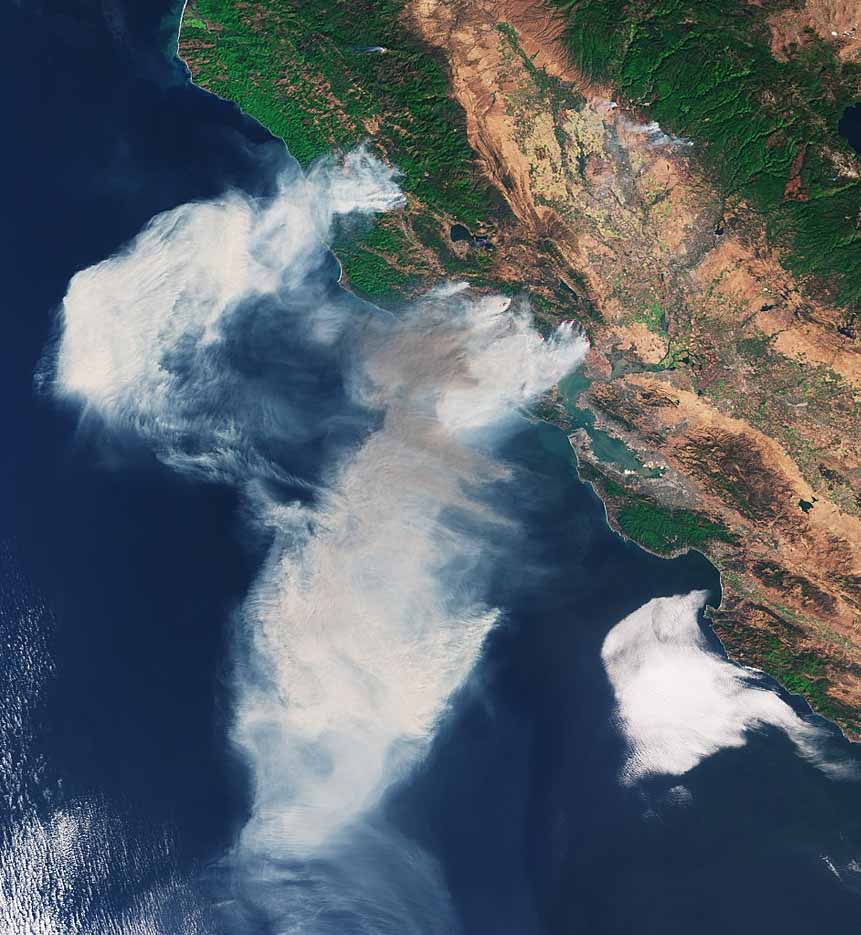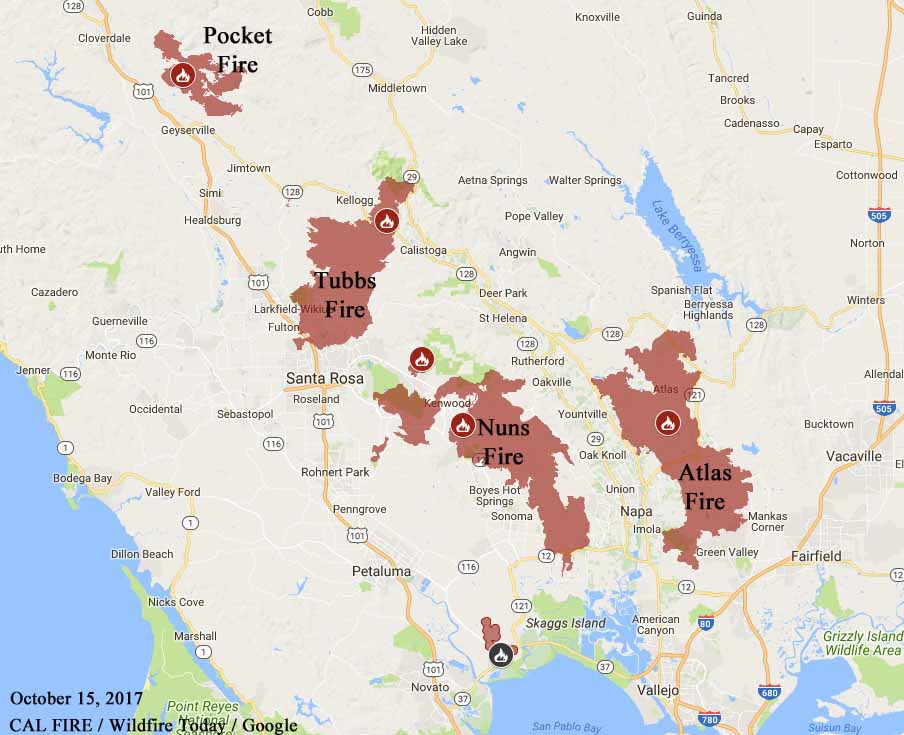Travis Dotson wrote an article posted on the Wildland Fire Lessons Learned website titled “Gloveless Idiots” expressing his strong opinion about those who point out that firefighters seen in photos sometimes are not wearing gloves. Mr. Dotson used terms like “Glove Nazis” and “Gloveless Idiots”. Maybe the provocative terms were chosen in order to stir up debate, or express his belief that it is OK in certain situations to not wear gloves.
By Travis Dotson
Some people don’t like the picture at the top of this page. Here is part of an email we received:
“The current Wildland Fire Lessons Learned Center website home screen pictures three wildland firefighters working in the black with hand tools. From my perspective they appear to be less than 10 feet apart and two of them aren’t wearing gloves. Have NWCG standards on Line Construction and PPE changed? I always speak up on these type issues since this is a pending Condition Yellow 9 Line IWI.”
Here’s another one:
“Just sharing that the header picture strikes me wrong, unless you are trying to show a lesson to be learned….no gloves and using hand tools seems out of place, given that we teach people to use gloves and keep their sleeves rolled down — am I missing something?”
So let’s talk about the picture, or rather the practice the picture captures — wildland firefighters working without gloves on. First of all, let’s do some acceptance around the topic:
- It happens. This picture depicts reality. This is how work gets done, whether we want it to be done that way or not.
- This is a divisive topic.
Number 1 is self-explanatory. Number 2 seems silly, but it’s true — we like to “Us and Them” the crap out of this hot potato. There is a bright line between the Glove Nazis and the Gloveless Idiots.
Glove Nazi’s have super clean Nomex, no tolerance for nuance, and certainly wouldn’t know which end of what tool is best used to fry grub worms (or why you would fry grub worms).
Gloveless Idiots are a bunch of babbling backwoods booger eaters who have no sense of cause and effect.
Well, we won’t get far if we believe either of those extremes will we? (But I bet you bought one of them anyway.)
OK kiddos, let’s sooth our hurt feelings and come back to the table for a little slice of compromise pie.
Gloves protect our hands. Gloves make some tasks more difficult.
Individuals make personal decisions about risk all day everyday. (Insert your favorite daily risk decision example here. Most people use driving, so don’t use that one.)
When and where to put on gloves is the ultimate “efficiency / thoroughness trade off” dilemma. It’s a pretty tough nut to crack.
What if…
- Every time you saw a photo of firefighters working without gloves on you thought: “Wow, those folks must have a very compelling reason not to wear gloves…I wonder what it is?”
What if…
- Every time someone asked why you aren’t wearing gloves you thought: “Wow – this person really cares about my safety, that is so kind.”
More acceptance. Fewer assumptions.
What if.

